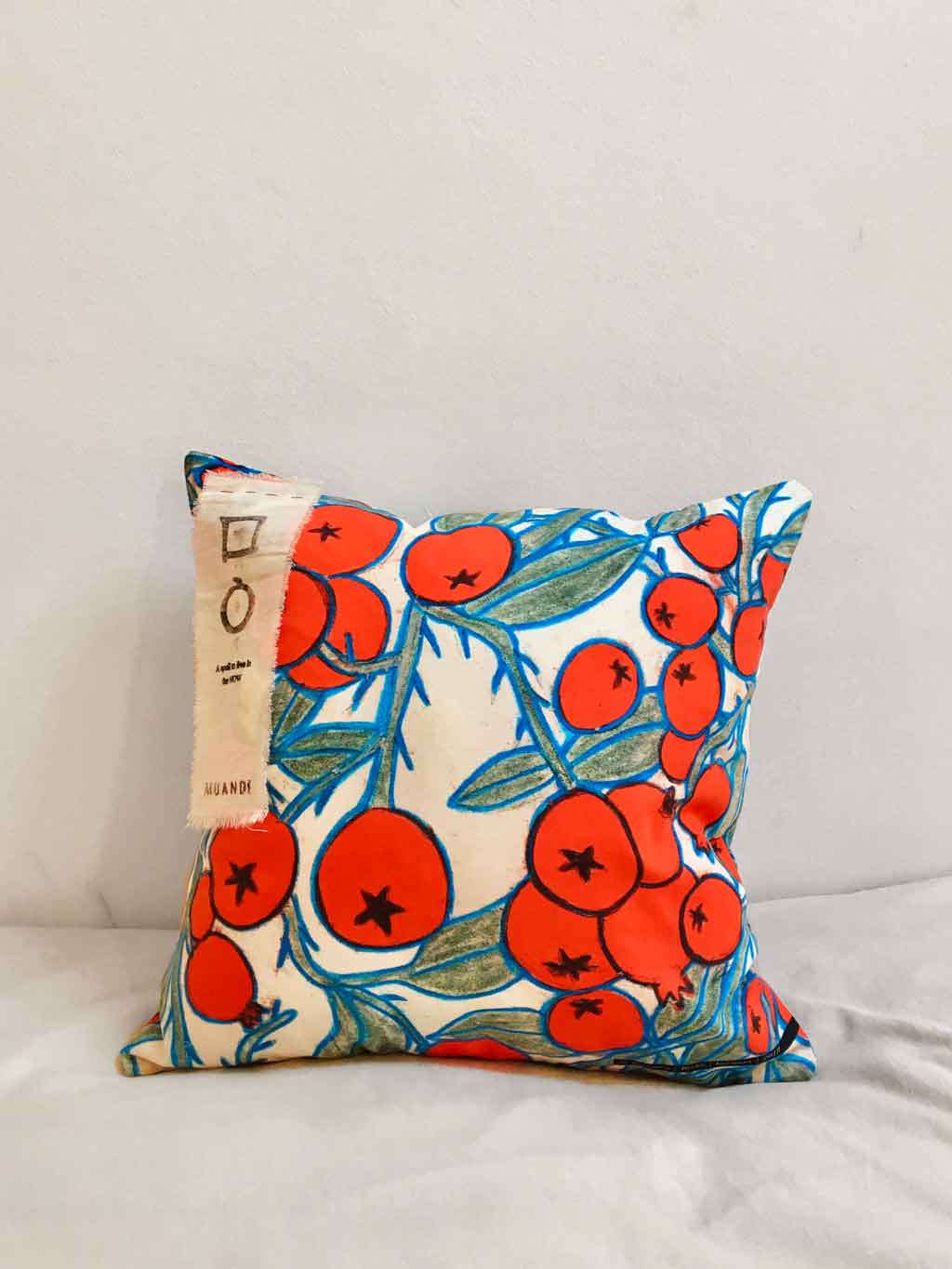Rumored Buzz on Unique Art
Table of Contents4 Simple Techniques For Unique ArtExamine This Report on Unique ArtThe smart Trick of Unique Art That Nobody is DiscussingSome Known Questions About Unique Art.Some Known Questions About Unique Art.
While one could question which art kind holds precedence, the fact stays that each of these 7 types offers a distinct home window right into human history, culture, and advancement. Unique Art. They are the tapestries that chronicle our trip, reminding us of our past while motivating visions for the future
3 Emil DervishIn this entrance by Emil Dervish that beautiful cobalt blue door steals the show. To bring a lot more drama, he expanded the paint. to the doorframe and the wall up, ending up in an arched form (Unique Art). The curves, along with a spherical sconce, soften the sides. Frames vintage posters and maps of precious places established the scene.
More About Unique Art
8 TRIA GIOVANEqual components grand and laidback, this entrance hall designed by Anthony Baratta is the best blueprint to comply with if you're embellishing a formal entryway that still feels unfussy and comfortable. Patterned textiles take spotlight (see the carpets and the couch), but they additionally assist bring the high ceilings to a human scale when hung over wallpaper.
18 Heidi Caillier DesignA gallery wall doesn't require to take up the entire space. Sometimes a tiny one can make a bigger style declaration. In this living room, Hiedi Caillier opted for micro-mini frames and a random structure.
, the expression of concepts and feelings, with the creation of specific visual qualities, in a two-dimensional visual language. The elements of this languageits shapes, lines, colours, tones, and texturesare utilized in various ways to create sensations of quantity, room, motion, and light on a flat surface area. These elements are incorporated into expressive patterns in order to represent real or mythological phenomena, to analyze a narrative motif, or to produce entirely abstract visual partnerships.
Later on the idea of the "great artist" created in Asia and Renaissance Europe. Noticeable painters were managed the social condition of scholars and courtiers; they authorized their job, decided its layout and commonly its subject and imagery, and developed a more personalif not always amicablerelationship with their customers. Throughout the 19th century painters in Western cultures started to lose their social setting and safe patronage.
Not known Details About Unique Art
Others earned an income via exploring exhibits of their work. The demand to attract a marketplace had replaced the comparable (if much less impersonal) great site needs of patronage, and its impact on the art itself was probably similar also. Normally, artists in the 20th century could reach an audience only through business galleries and public galleries, although their work might have been sometimes reproduced in art regulars.

Do not replicate the style of other artists if you're attempting to find your style. Duplicating other individuals's artwork can be terrific in academic functions yet it will certainly not make you closer to finding your very own unique design. Your artistic design has to be, what you such as and what influences you.
Not known Facts About Unique Art
I would consider your own style as a design you repaint in normally, when you allow go of all thoughts and policies and simply focus on paint, not believing concerning it. The style has to come naturally to you when you are relaxed and you can't require it or it won't be your own style, simply somebody else's.
You need to attempt great deals of different choices and discover every little thing go to these guys prior to you can focus on one particular style or you'll be bored, or worse, you'll hate your very own style. I recommend you to attempt every solitary subject that you're interested in, check out as much as you can. Try different mediums that delight you and brand-new strategies you have actually never ever attempted prior to.
With time you'll have the ability to arrange all of them right into your favorite and the very least favorite categories. Try to focus your interest on the topics and mediums that you like and prior to you see it coming you'll have your very own individual and special style, like no one else have! So in the end you'll have a few favorite subjects to paint and maybe a couple of preferred tools (Unique Art).
The Only Guide for Unique Art
The design has to establish itself over time with a great deal of method and experiments. Thanks for reading this blog post and if you have any type of inquiries leave them in the remarks below, I would certainly more than happy to respond to these.